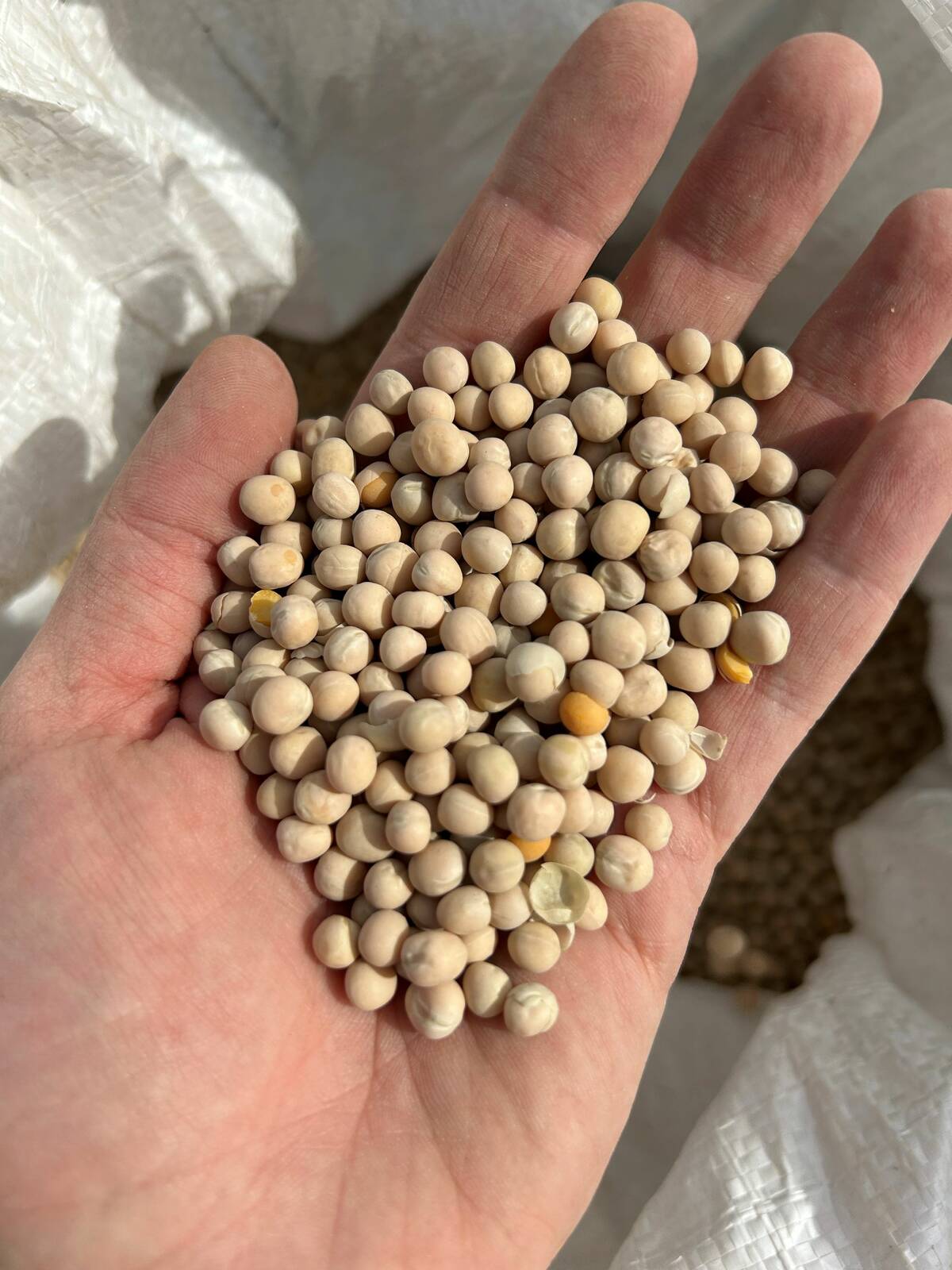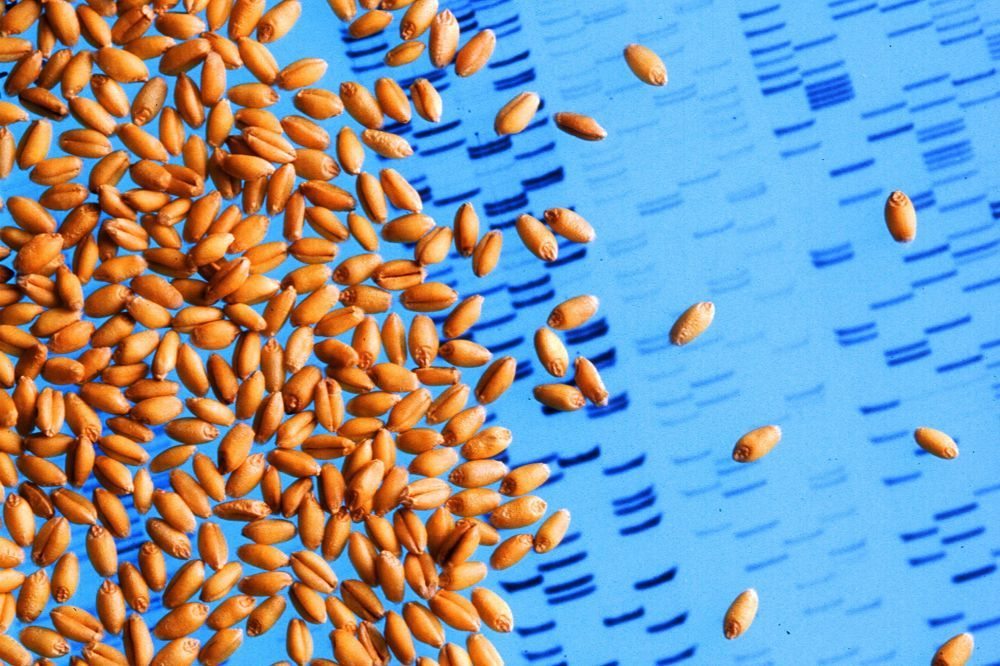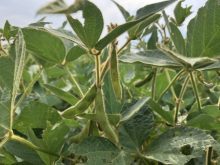Syngenta’s Trevor Heck isn’t choosing a route for collecting seed royalty rates — but says the federal government needs to “move forward on some type of value capture” model.
“Right now, you know, if we don’t have that within the seed industry, it’s going to be very difficult to be able to get the level of private engagement and innovation that’s required to really move the crops forward,” the Syngenta Canada president said.
Agriculture and Agri-Food Canada began work in 2018 exploring changes to its seed royalty regime. Two options were originally put forward: end-point royalties would be collected on all commercial sales of royalty-eligible seed varieties, or trailing-royalty contracts allowing farmers to replant farm-saved seed for a pre-determined fee would be put in place.
Read Also

Pulse Weekly: Tariffs guide yellow peas in 2025
Tariffs were a major influence on Canadian yellow pea prices in 2025, with levies imposed by China and India. The two countries are Canada’s biggest foreign pulse buyers.
Producer groups showed reluctance toward both options and the federal government has since made little comment publicly about the direction the file is taking, while federally-led online consultation scheduled for the spring of 2019 never occurred.
There is some expectation an announcement will be made in early March, but the federal government has made no public commitments. AAFC officials say they are “listening to stakeholders” to determine “next steps.”
Heck is mindful of keeping up with other countries on the file, particularly when it comes to cereals.
“We’re going to have to encourage that collaboration between private and public going forward. Otherwise, you know, we just won’t see the level of funding and innovation that’s required to take the country to the level it needs to be,” he said.
“There is a sense of urgency because if you look at it from a country perspective… other markets globally, they have already moved past this, you know, many years ago. They’re getting a lot of innovation. So there is a little bit of country competitiveness here.”
He said the model selected by the federal government needs to be “sustainable for everyone going forward” and well-vetted by industry stakeholders.
Al Driver, CEO of Bayer CropScience Canada, said a new regime has been a long time coming.
“Allowing breeders to recapture some value to continue bringing new technology traits and improve genetics to Canadian agriculture is a good investment,” he said. “We would support a royalty system, a capture mechanism for that seed. And it is particularly important in crops where you don’t have a hybrid, or you can save seed.”
Driver suggested a royalty system is a great solution that can be affordable for growers while also continuing to ensure breed innovation and high-performing products are produced for the Canadian market.
“When we look at the next decade, we need to put systems in place that will continue to remain and keep us competitive global,” he said, adding he would have thought there was something in place for 2020 but that is obviously not the case.
He said he believes growers have “warmed up to the idea” as long as fees are reasonable.
“We need something in place to ensure that we remain competitive on a global scale with many of our crops, but particularly I would say cereals,” he said.
Grain Growers of Canada has outlined four guiding principles to be used as the process moves forward.
GGC isn’t not recommending either of the two options originally put forward by the federal government but is attempting to engage stakeholders on the issue, in order to get the ball rolling and “keep the discussion going,” according to chair Jeff Nielsen.
— D.C. Fraser reports for Glacier FarmMedia from Ottawa.
















